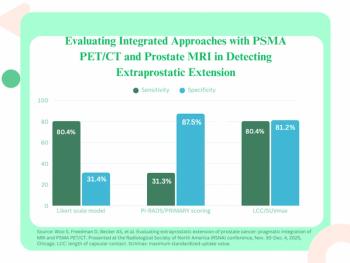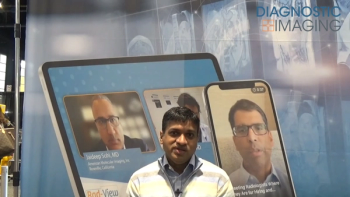FDA Clears AI-Guided Point-of-Care Ultrasound for Liver Diseases
Reportedly the only point-of-care ultrasound system that can estimate liver stiffness and attenuation that correlate to MRI-PDFF, Velacur One also may facilitate higher reimbursement than non-imaging elastography.
Velacur One, an emerging point-of-care ultrasound (POCUS) device that can aid in the assessment of chronic liver diseases, has garnered 510(k) clearance from the Food and Drug Administration (FDA).
Sonic Incytes, the developer of
In addition to liver localization with an artificial intelligence (AI)-based overlay feature, Velacur One’s combination of VDFF and B-mode imaging facilitates three to four times higher reimbursement in comparison to non-imaging elastography.
In light of current statistics showing that 100 million adults in the United States have metabolic dysfunction-associated steatotic liver disease (MASLD) with 15 to 20 million having metabolic dysfunction-associated steatohepatitis (MASH), Sonic Incytes emphasized that Velacur One is the only POCUS system that provides estimates of liver stiffness and attenuation that correlates to MRI-PDFF.
“This next-generation device enhances clinical utility and operational scalability, positioning us to better support the growing demand for accessible, non-invasive liver diagnostics and treatment, particularly in the management of MASLD and MASH at the point-of-care,” noted Barry Allen, the CEO of Sonic Incytes.
Newsletter
Stay at the forefront of radiology with the Diagnostic Imaging newsletter, delivering the latest news, clinical insights, and imaging advancements for today’s radiologists.




























